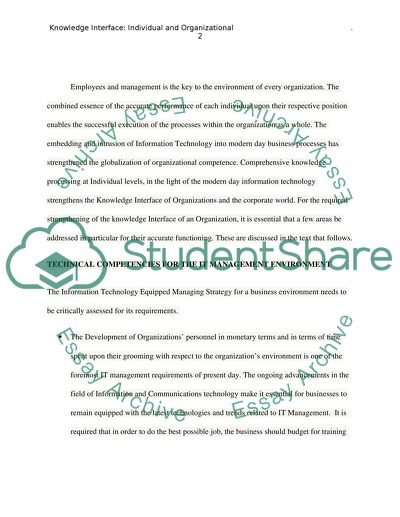Cite this document
(“Individual and Organizational Knowledge Interface Term Paper”, n.d.)
Retrieved from https://studentshare.org/information-technology/1440865-knowledge-interface-individual-and-organizational
Retrieved from https://studentshare.org/information-technology/1440865-knowledge-interface-individual-and-organizational
(Individual and Organizational Knowledge Interface Term Paper)
https://studentshare.org/information-technology/1440865-knowledge-interface-individual-and-organizational.
https://studentshare.org/information-technology/1440865-knowledge-interface-individual-and-organizational.
“Individual and Organizational Knowledge Interface Term Paper”, n.d. https://studentshare.org/information-technology/1440865-knowledge-interface-individual-and-organizational.


